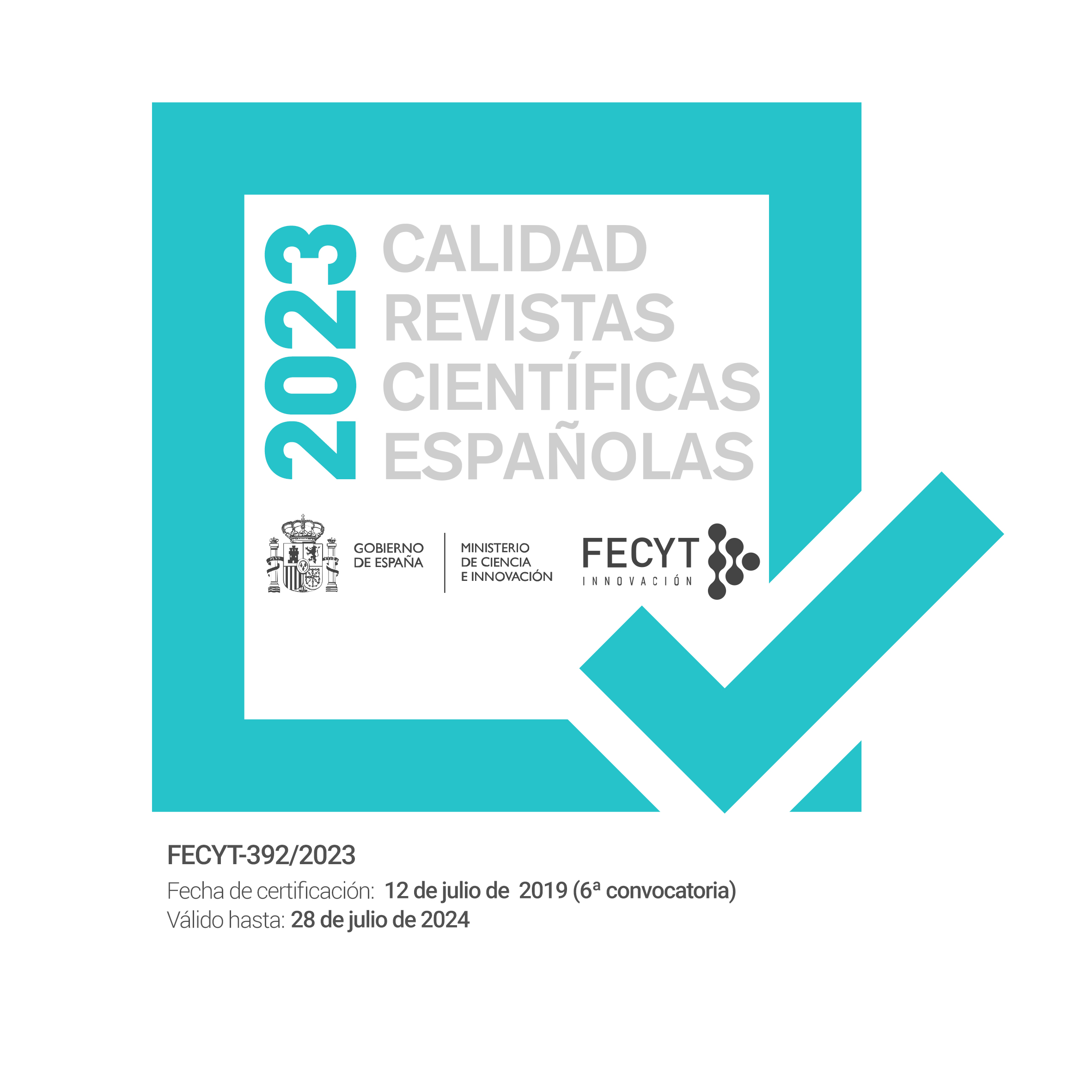A Biomechanical Analysis of the Modified Taekwondo Axe Kick
DOI:
https://doi.org/10.18002/rama.v2i1.282Abstract
This study is a theoretical analysis of the kinematic and kinetic aspects of the modified taekwondo axe kick. The traditional or classical axe kick has the whole kicking leg (the thigh and the shank) considered as a rigid body on both the upswing and downswing phases of the kick, which is speculated to have sufficient angular momentum to increase the risk of some forms of injuries in competition. The present study seeks to present an alternate version that will decrease the moment of inertia on the downswing, reduce the subsequent angular momentum, and finally decrease the resultant impulse to the target. Theoretically, this will reduce the chances of certain types of injury caused by the kick.
Downloads
Métricas alternativas
References
Adrian, M. J., & Cooper, J. M. (1995). Biomechanics of human movement. Madison, WI: WCB Brown & Benchmark.
Ahn, B. H. (1985). Kinematic and kinetic analysis of taekwondo kicking motions. Unpublished Master’s Thesis, Purdue University.
Beis, K., Tsaklis, P., Pieter, W., & Abatzides, G. (2001). Taekwondo competition injuries in Greek young and adult athletes. European Journal of Sports Traumatology and Related Research, 23(3): 130-136.
Boey, L. W. & Xie, W. (2005). Experimental investigation of turning kick performance of Singapore national taekwondo players. Comunicación presentada en el XXIII International Symposium on Biomechanics in Sports, Beijing, China, 22-27 de agosto.
Chen, C. W., Chin, Y. F., & Shiang, T. Y. (2006). A study of the upper attacks score and breaking rules using new taekwondo competition regulations. [On-line]. http://www.ceps.com.tw/ec/ecjnlarticleView.aspx?jnlcattype=0&jnlptype=0&jnltype=0&jnliid=357&issueiid=2346&atliid=20239 Abstract de: Journal of Physical Education in Higher Education. (Acceso 2 de octubre de 2006, desde el China Electronic Periodical Service).
Hong, Y., Kam, L. H., & Luk, T. C. (sin fecha). Biomechanical analysis of Taekwondo kicking technique, performance and training effects. Final Report. Hong Kong: Hong Kong Sports Development Board.
Hwang, I. S. (1987). Analysis of the kicking leg in taekwondo. En J. Terauds, B. Gowitzke and L. Holt (Eds.), Biomechanics in sports III & IV. Proceedings of ISBS, Del Mar, CA: Academic Publishers.
Hwang, I. S. (1985). Biomechanical analysis of dwihuryo-chagi in taekwondo. En A Collection of Research Papers in the 1st World Taekwondo Seminar (pp. 67-79). Seoul: Kukkiwon.
Koh, J. O., & Watkinson, E. J. (2002). Video analysis of blows to the head and face at the 1999 World Taekwondo Championshps. Journal of Sports Medicine and Physical Fitness, 42(3): 348-353.
Lee, S. H., Jung, C. J., Sin, S. H., & Lee, D. W. (2001). An analysis of the angular momentum of dolyeo chagi in taekwondo. International Journal of Applied Sport Science, 13(1): 18-32.
Lissner, H. R., Lebow, M., & Evans, F. G. (1960). Experimental studies on the relation between acceleration and intracranial pressure changes in man. Surgery, Gynecology and Obstetrics, 111(3): 329 - 338.
Luk, T. C., Hong, Y., & Chu, D. P. K. (2001). Analysis of strategy used in taekwondo competition. En Blackwell, J. R. (Ed.), Proceedings of poster sessions, XIX International Symposium on Biomechanics in Sports (pp. 166-169). San Francisco, CA: Exercise and Sport Science Department, University of San Francisco.
McArdle, W. D., Katch, F. I., & Katch, V. L. (2001). Exercise physiology– Energy, nutrition, and human performance. Philadelphia: Lippincott, Williams and Wilkins.
Park, Y. J. (1989). The biomechanical analysis of taekwondo front kicks. Unpublished Ph.D. Dissertation, University of Minnesota.
Pieter, F., Pieter, W., & Heijmans, J. (1987). Movement analysis of taekwondo techniques. Asian Journal of Physical Education, 10(3): 45-58.
Pieter, F., & Pieter, W. (1995). Speed and force of selected taekwondo techniques. Biology of Sport, 12(4): 257-266.
Pieter, W., & Zemper, E. D. (1999). Injuries in adult American taekwondo athletes. Fifth IOC World Congress on Sport Sciences, Sydney, Australia, 31 Octubre -5 Noviembre.
Powell, S. W. (1989). A cinematographical analysis and force measure of three styles of the karate back punch and side kick. Unpublished Ph.D. Dissertation, Texas A & M University.
Rasch, P. J. (1989). Kinesiology and applied anatomy, 7th edición. Malvern, PA: Lea & Febiger.
Serina, E. R., & Lieu, D. K. (1991). Thoracic injury potential of basic competition taekwondo kicks. Journal of Biomechanics, 24(10): 951- 960.
Smith, P. K., & Hamill, J. (1986). The effect of punching glove type and skill level on force transfer. Journal of Human Movement Studies, 12(3): 153 - 161.
Sørensen, H., Zacho, M., Simonsen, E. B., Dyhre-Poulsen, P., & Klausen, K. (1996). Dynamics of the martial arts high front kick. Journal of Sports Sciences, 14(6): 483 - 495.
Stull, R. A., & Barham, J. N. (1990a). An analysis of movement patterns utilized by different styles in the karate reverse punch in front stance. En E. Kreighbaum and A. McNeill (Eds.), Biomechanics in Sports VI. Proceedings of the 6th International Symposium on Biomechanics in Sports (pp. 233-243). Bozeman, MT: International Society of Biomechanics in Sports and Department of Health and Human Development, Montana State University.
Stull, R. A., & Barham, J. N. (1990b). An analysis of work and power produced by different styles in the karate reverse punch in front stance. En E. Kreighbaum and A. McNeill (Eds.), Biomechanics in Sports VI. Proceedings of the 6th International Symposium on Biomechanics in Sports (pp. 225-231). Bozeman, MT: International Society of Biomechanics in Sports and Department of Health and Human Development, Montana State University.
Sung, T. Y. (1987). A biomechanical analysis of selected taekwondo kicks. The Journal of Taekwondo, 61: 106-115.
Tsai, Y. J., Gu, G. H., Lee, C. J., Huang, C. F., & Tsai, C. L. (2005). The biomechanical analysis of the taekwondo front-leg axe-kick [sic]. Comunicación presentada en el XXIII International Symposium on Biomechanics in Sports, Beijing, China, 22-27 de agosto.
Tsai, Y. J., & Huang, C. F. (2006). Kinematic analysis of the taekwondo fl exstretching and straight axe-kick. http://www.ceps.com.tw/ec/ecjnlarticleView.aspx?atliid=79044&issu eiid=7090&jnliid=363 Abstract de: Journal of Physical Education in Higher Education. (Acceso 2 de octubre de 2006, desde el China Electronic Periodical Service).
Tsai, Y. J., Lee, S. P., & Huang, C. F. (2004). The biomechanical analysis of taekwondo axe-kick in senior high school athletic [sic]. Comunicación presentada en el XXII International Symposium of Biomechanics in Sports, University of Ottawa, Ontario, Canada, 9-12 de agosto.
Wohlin, S. (1989). A biomechanical description of the taekwondo turning hook kick. Unpublished Master’s Thesis, Montana State University.
Zandbergen, A. (no date). Taekwondo Blessures en Fysiotherapie, Unpublished Thesis, Twentse Akademie voor Fysiotherapie, Enschede.
Zemper, E. D., & Pieter, W. (1991). A two-year prospective study of taekwondo injuries at national competitions. Comunicación presentada en el International Congress and Exposition on Sports Medicine and Human Performance, Vancouver, BC, Canada, 16-20 de abril.
Downloads
Published
How to Cite
Issue
Section
License
Copyright (c) 2012 Luigi T. Bercades, Willy Pieter

This work is licensed under a Creative Commons Attribution-NonCommercial-ShareAlike 4.0 International License.
The authors who publish in this journal must agree to the following terms:
- The authors grant on a nonexclusive basis the exploitation rights (reproduction, distribution, public communication and transformation) of the work accepted for publication to the University of León. The authors can establish, on their own, additional agreements for the non-exclusive distribution of the version of the work published in the journal (for example, placing it in an institutional repository or publishing it in a book), always acknowledging the initial publication in this journal.
- This work is licensed under the Creative Commons Attribution-NonCommercial-ShareAlike 4.0 International License. Click to see basic information and the legal text of the license.
- The authors are allowed and encouraged to disseminate electronically pre-print or post-print versions of their work before publication, as this can give rise to productive exchanges, as well as earlier and increased citing of the works published.











